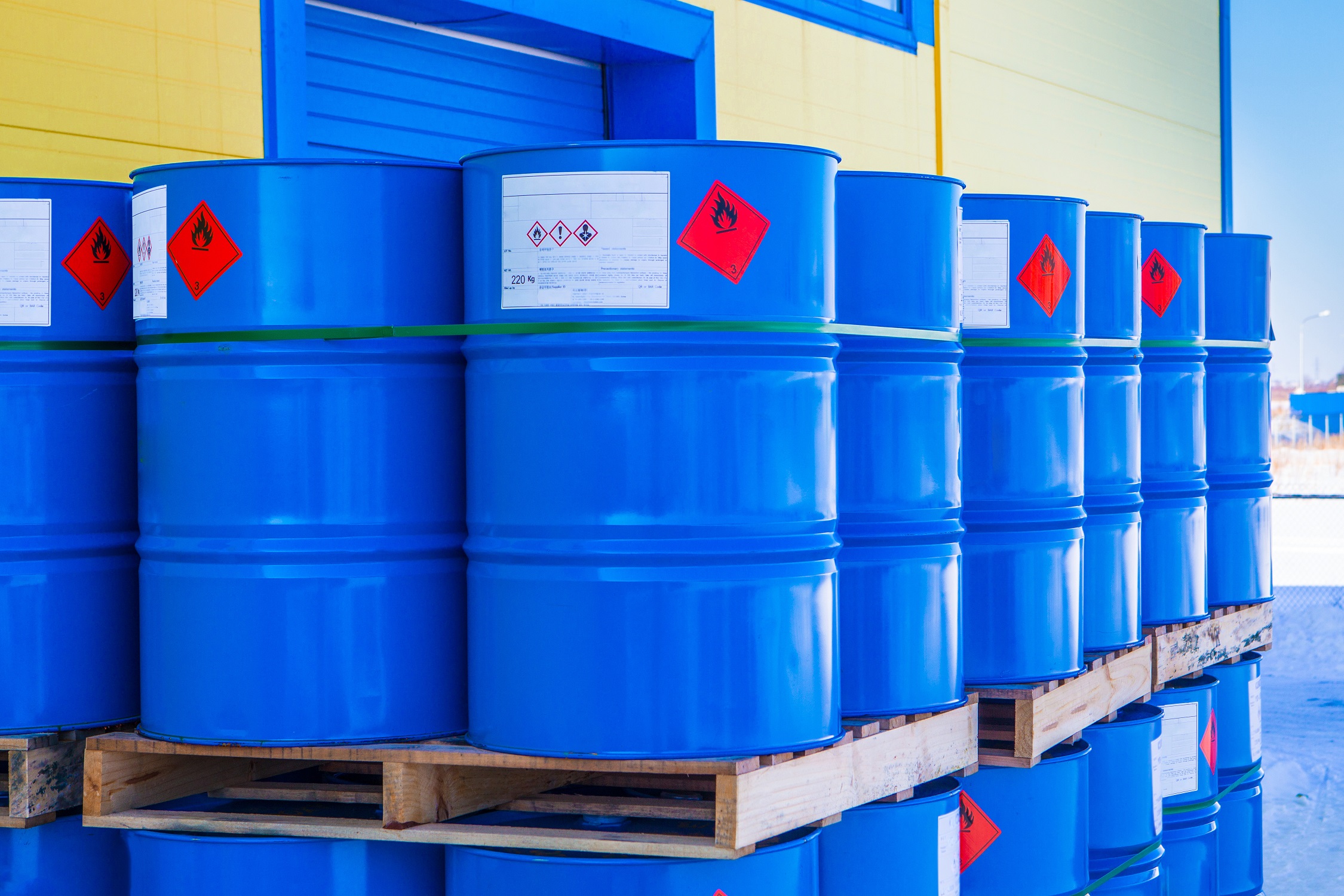For EHS Managers, the management of hazardous waste stands as a critical concern for businesses, especially for hazardous waste generators.
These entities face strict inspection requirements from regulatory bodies like the Environmental Protection Agency (EPA) to ensure the safe handling, storage, and disposal of hazardous materials.
This article takes a look into the complexities of hazardous waste inspection requirements and showcases how IMEC Technologies helps businesses meet these requirements effectively.
Understanding Inspection Requirements
Hazardous waste refers to materials posing significant health risks or potential environmental harm.
The EPA, under the Resource Conservation and Recovery Act (RCRA) regulations, has detailed guidelines for hazardous waste generators.
These guidelines include the classification of generators into categories such as large quantity generators, small quantity generators, and very small quantity generators, each subject to different regulatory requirements.
The Generator Improvements Rule, an amendment to the RCRA, introduced higher standards for hazardous waste inspections, including the necessity for weekly inspections of waste containers and the proper documentation of such inspections to manage hazardous waste and other wastes effectively.
These regulations mandate that hazardous waste containers be in good condition, free from corrosion or leaks, and stored to prevent accidents, ensuring the safety of employees and the environment.
How IMEC Technologies Helps You Stay Compliant
IMEC Technologies provides comprehensive software solutions designed to streamline the management and inspection processes for hazardous waste generators.
Learn more about our Hazardous Waste Management Software HERE.
These tools are made to ensure compliance with federal and state regulations, including the nuanced requirements for satellite accumulation areas and central accumulation areas, containment buildings, and the safe storage of incompatible wastes.
Our solutions offer features for
Automated Tracking and Documentation
Simplifying the recording of the accumulation start date, weekly inspection logs, and training records.
Customizable Inspection Checklists
Tailored to meet the specific inspection requirements of different generator categories, including visual inspections to detect deterioration, leaks, or any other potential risks.
Regulatory Reporting
Facilitating the efficient submission of required reports to regulatory agencies, ensuring compliance with both EPA regulations and state-specific environmental protection mandates.
Best Practices for Hazardous Waste Management
To reduce health risks and comply with regulatory requirements, EHS safety managers should adopt best practices for hazardous waste management:
1. Conduct Thorough and Regular Inspections
Perform weekly inspections of hazardous waste containers and storage areas to identify any signs of leaks, corrosion, or deterioration.
2. Maintain Accurate Records
Keep detailed records of inspections, training, and disposal activities to demonstrate compliance during hazardous waste inspections.
3. Educate and Train Staff
Ensure all employees handling hazardous waste are adequately trained on safe handling procedures and emergency response in case of toxic spills or other accidents.
4. Utilize Proper Containers and Storage Techniques
Employ containers and storage methods that meet regulatory standards for different types of hazardous waste, including acute hazardous waste and other incompatible wastes.
Book your Free Demo
For businesses operating as hazardous waste generators, navigating the complex regulatory landscape of hazardous waste inspection requirements is a formidable challenge.
However, with the advanced software solutions provided by IMEC Technologies, EHS safety managers can ensure their facilities remain in compliance with EPA regulations and other federal and state guidelines.

